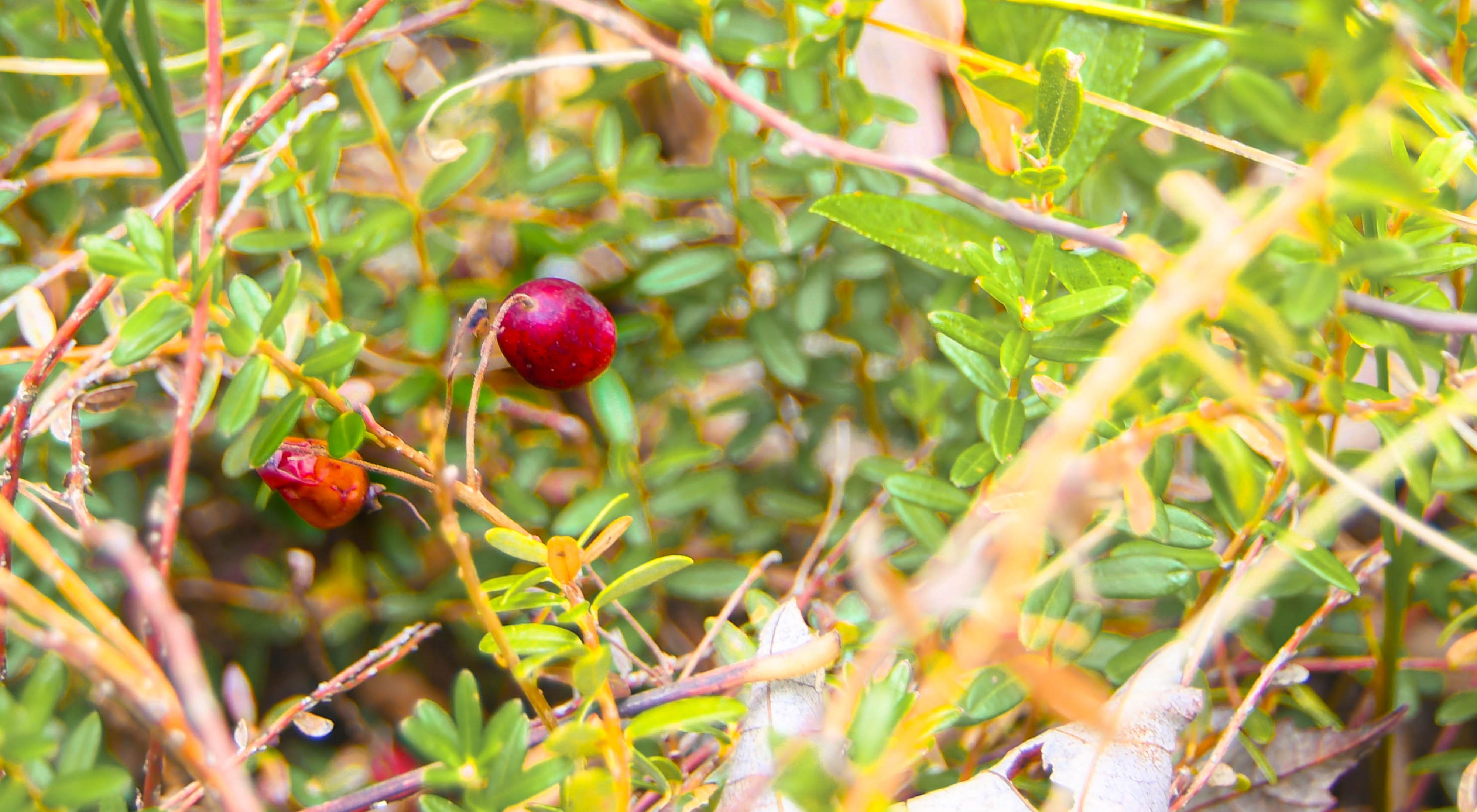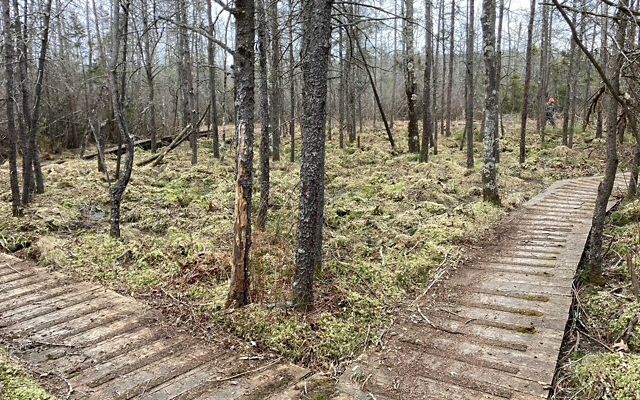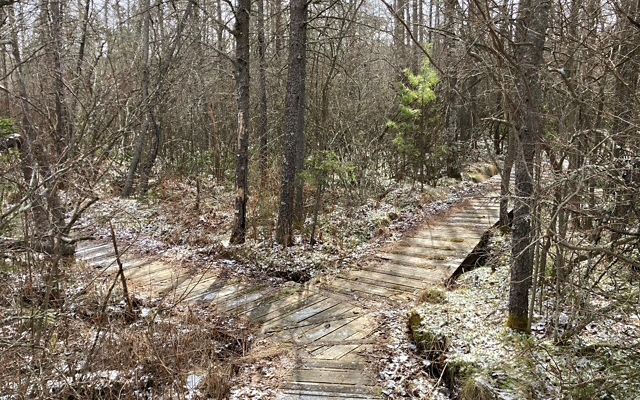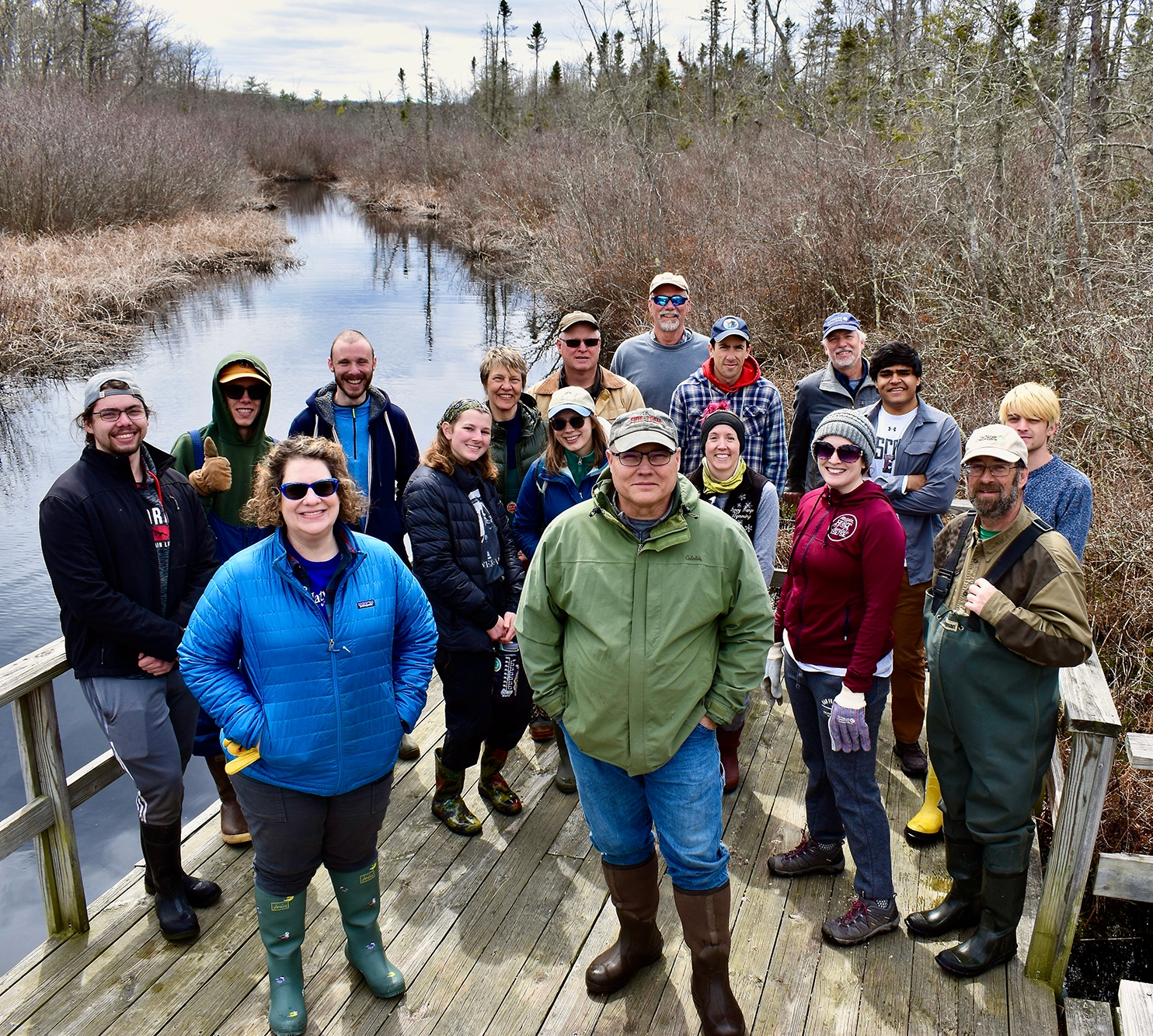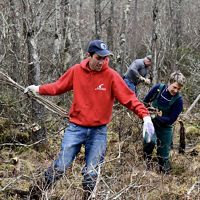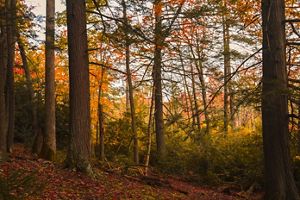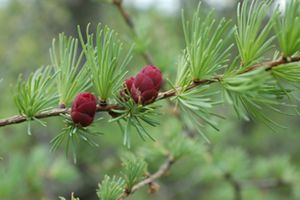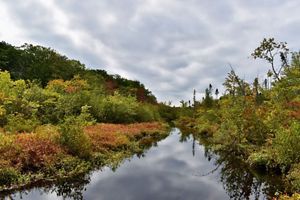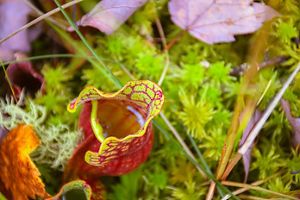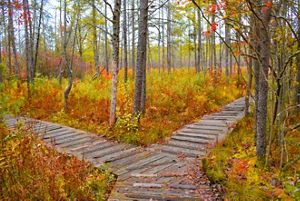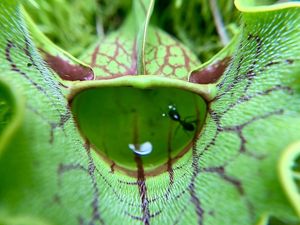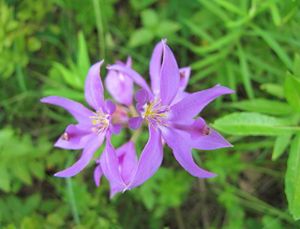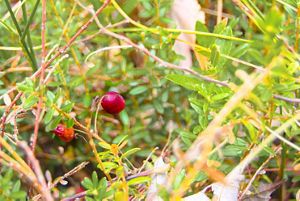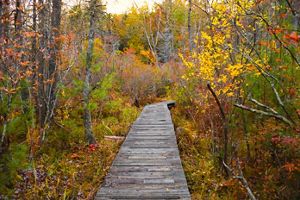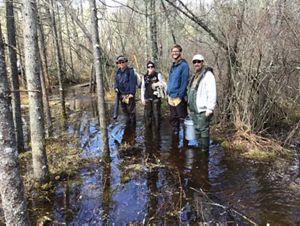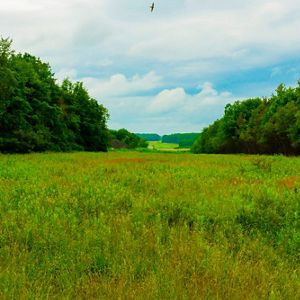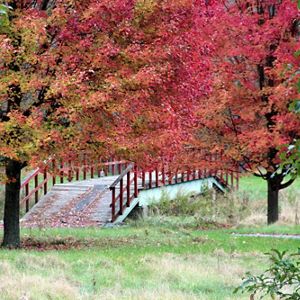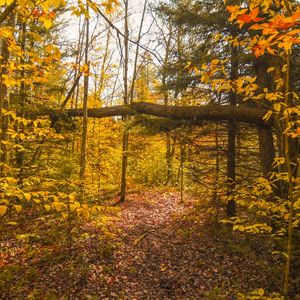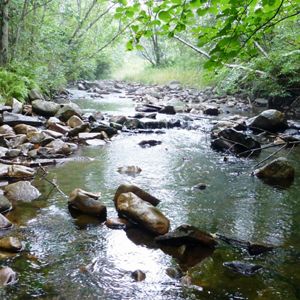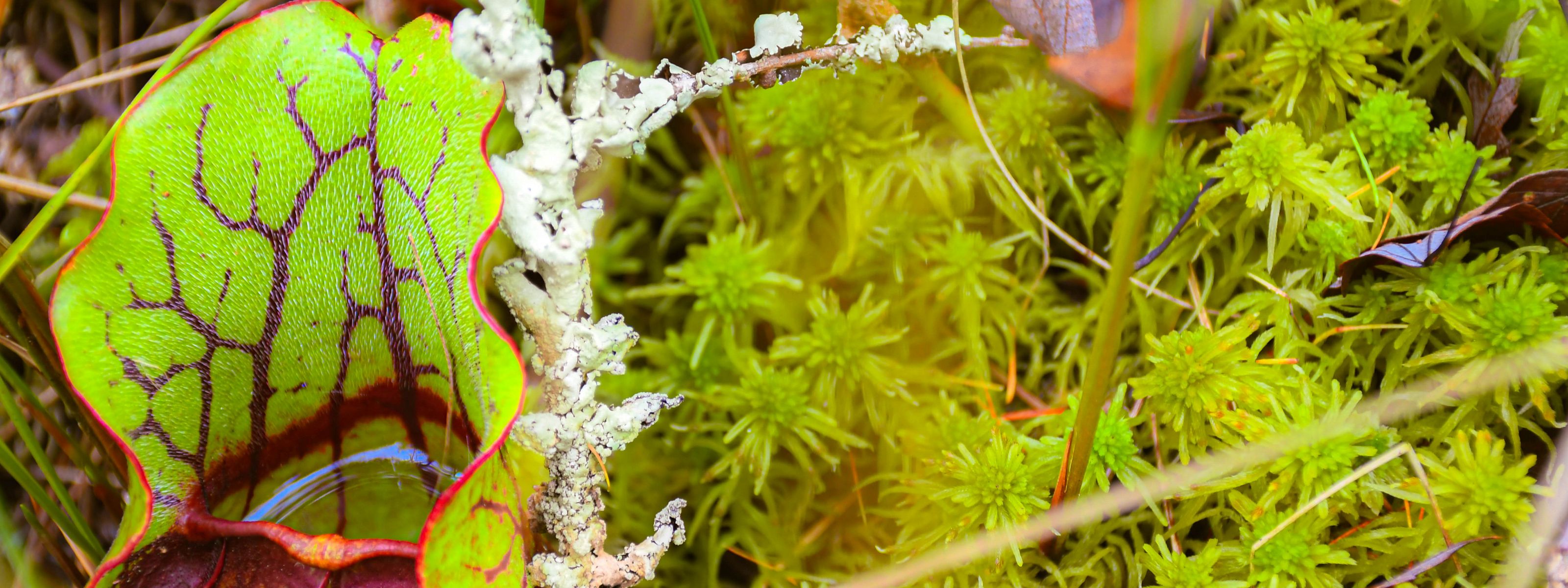Description
Standing out in vivid contrast to the surrounding Pocono Mountains landscape, Tannersville Cranberry Bog provides a snapshot of colder times. Thousands of years ago, a large glacial lake occupied the space of what has since become a thick soup of peat moss.
Affectionately known locally as “The Cranberry,” Tannersville Cranberry Bog is ingrained in the local community and culture, inspiring wonder among students, educators, scientists, nature lovers and photographers who visit each year. Of special interest are some of North America’s most beautiful native orchids, including rose pogonia and the state-endangered heart-leaved twayblade.
While the ice and lake have long receded, the unique ecosystem that remains today serves as the southernmost low elevation boreal bog along the eastern seaboard. It represents an intricate transformation that took place over the millennia and would be impossible to replace if destroyed.
The Tannersville Cranberry Bog Preserve is one of TNC's first nature preserves in Pennsylvania. The preserve in managed in partnership with the Kettle Creek Environmental Education Center who provide educational opportunities for the local community.
Over the years, careful stewardship by TNC and partners including Kettle Creek Environmental Education Center, Pocono Township, the Pennsylvania Department of Conservation and Natural Resources and a local volunteer stewardship committee has yielded great returns as the bog soaks up rain and runoff like a giant sponge—cleansing water and controlling pollution throughout the Pocono Creek watershed.
